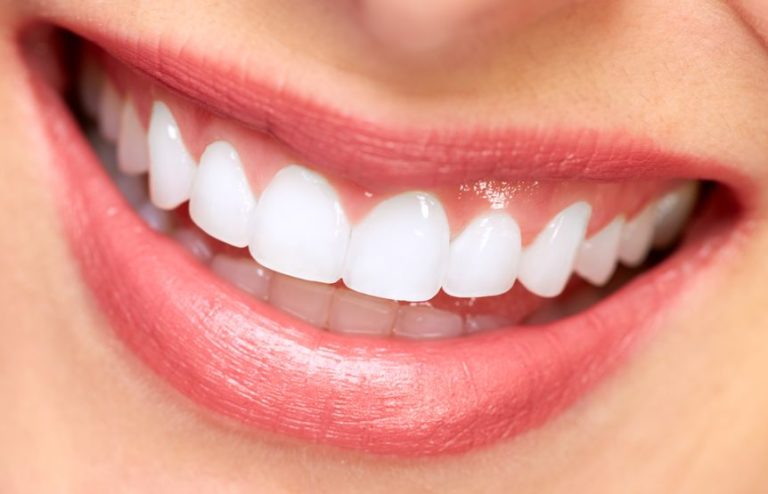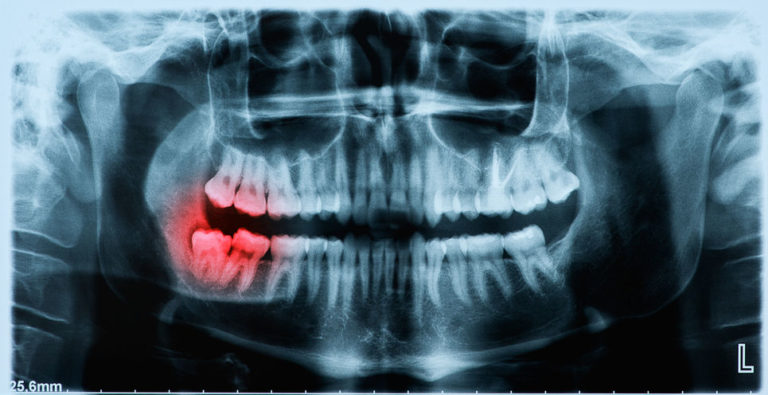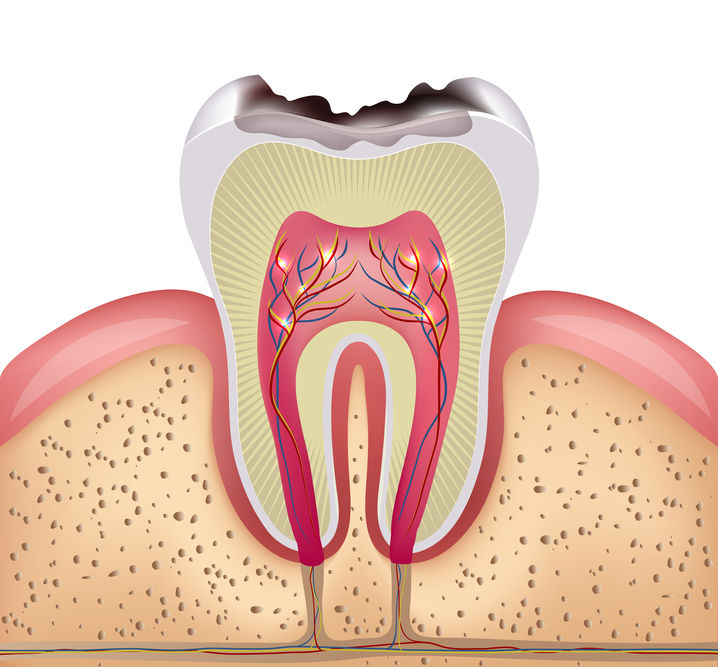If you have periodontal (gum) disease, a periodontist may suggest a bone graft. Bone grafts can help replace the bone destroyed by serious gum disease, also called periodontitis.
Periodontitis can break down the bones and tissues that keep teeth in place. Signs and symptoms include:
- Bad breath all the time
- Swollen or bleeding gums
- Loose teeth
- Sensitive teeth
- Mouth pain when chewing
- If not treated, gum disease can lead to tooth loss.
During a bone graft procedure, the periodontist folds back part of the gum and cleans out problem bacteria that can make gum disease worse. Then the bone grafts are inserted, which work with the body to help build new bone. Bone grafts can repair damage from gum disease and boost the chances that you can keep your teeth.
During regeneration, a periodontist inserts a tiny piece of mesh between the gum and bone after cleaning out the bacteria. This mesh acts like a shield, preventing the gum from growing into the area where the bone should be. This helps the bone grow back so that teeth can be saved, rather than pulled.
For further information on any and all procedures, please visit: https://www.perio.org/consumer/patient-resources








